It looks like you're using an Ad Blocker.
Please white-list or disable AboveTopSecret.com in your ad-blocking tool.
Thank you.
Some features of ATS will be disabled while you continue to use an ad-blocker.
share:
The Minoans are among my favorite ancient people, they were possibly the nearest thing to the legend of Atlantis, if any such civilization existed,
in some of their art work they produced images I think were not typical of Minoans, of these images the Minoan capt of the blacks stand out, as to who
these guys were it was difficult to place, earlier Evans had made a case for a Libyan presence, at first he identified the entire population as Libyan
off spring, but recent genetic findings made it clear that the majority or core population were indeed European, on this science have spoken, but what
of the non Minoan images present, I am assuming that these people were recent addition to Minoan society, they ranged from priest to soldiers,but why
Libyan??
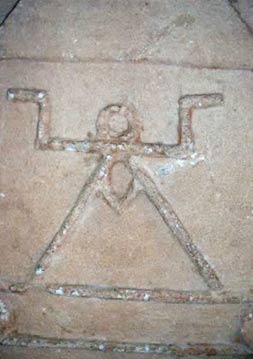
Above is the Libyan Goddess Tannit,later to become Neith in Egypt, Bernal linked her to Athena however this was not without challenges from others.
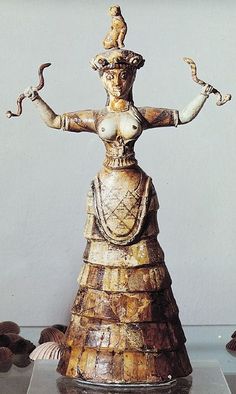
Note the dress of this Minoan goddess and the pose struck between the two for comparison, down to the u shaped thing on the hips, keep in mind that Herodotus thought that Medusa's head was bought from Libya to Greece, and that they borrowed the aegis and goat skin wear from them.this however was long before Herodotus time, and I am not certain how much he knew of a civilization that was long passed before his time, but such was his views.
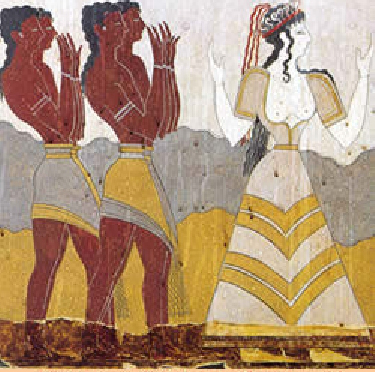
Minoans as they saw themselves.

Minoans as the Kemitians saw them, they are the ones in the second register , the first are Levantines both chocolaty and licorice black the third are various Nahashi south of kmt.
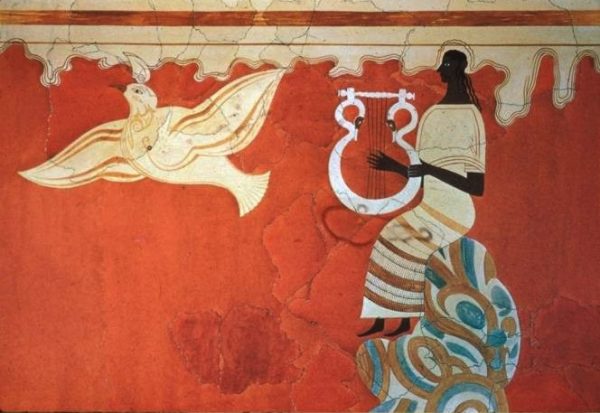
Darker than average Minoan lady musician.
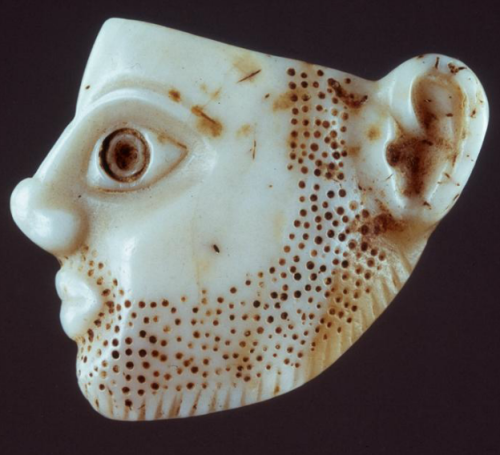
A snubbed nosed Minoan done in shell work.
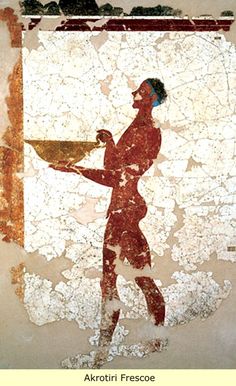
A Minoan priest ,in my opinion non typical.
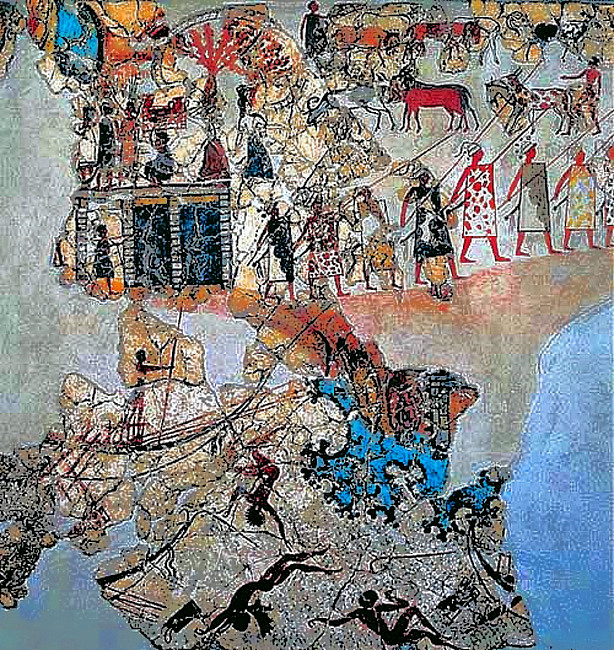
This battle scene depicts Minoans marching off to do battle, on the bottom a group of felled naked bowmen, note the baby dreads on them, this type of hair style was very typical of certain north African males, but not so common in Minoan society, my guess and that's all it is, was the Minoan maybe did some sorta raid along the Libyan coast, they did after all had a very powerful navy

The Minoan Captain of the Blacks, doubling timing to some engagement, note the same non typical snubbed nose.
If earlier Minoans were in close cultural contacts with Libyans, there is no reason for their Hellenistic replacements not to continue in the same fashion.

Above is the Libyan Goddess Tannit,later to become Neith in Egypt, Bernal linked her to Athena however this was not without challenges from others.

Note the dress of this Minoan goddess and the pose struck between the two for comparison, down to the u shaped thing on the hips, keep in mind that Herodotus thought that Medusa's head was bought from Libya to Greece, and that they borrowed the aegis and goat skin wear from them.this however was long before Herodotus time, and I am not certain how much he knew of a civilization that was long passed before his time, but such was his views.

Minoans as they saw themselves.

Minoans as the Kemitians saw them, they are the ones in the second register , the first are Levantines both chocolaty and licorice black the third are various Nahashi south of kmt.

Darker than average Minoan lady musician.

A snubbed nosed Minoan done in shell work.

A Minoan priest ,in my opinion non typical.

This battle scene depicts Minoans marching off to do battle, on the bottom a group of felled naked bowmen, note the baby dreads on them, this type of hair style was very typical of certain north African males, but not so common in Minoan society, my guess and that's all it is, was the Minoan maybe did some sorta raid along the Libyan coast, they did after all had a very powerful navy

The Minoan Captain of the Blacks, doubling timing to some engagement, note the same non typical snubbed nose.
If earlier Minoans were in close cultural contacts with Libyans, there is no reason for their Hellenistic replacements not to continue in the same fashion.
edit on 6-1-2017 by Spider879 because: (no reason given)
a reply to: Spider879
Thanks for a great thread. We have been to Crete 4 times in the last 6 years, can't get enough of that beautiful Island. Have also walked amongst the ruins at Knossos., travelled the villages and made great friends.
I remember reading recently on ATS that Knossos is 3 times larger than previously though. Can't find the thread, however here's another one...
This Ancient City Was Three Times Bigger Than Archaeologists Suspected
www.abovetopsecret.com...
Thanks for a great thread. We have been to Crete 4 times in the last 6 years, can't get enough of that beautiful Island. Have also walked amongst the ruins at Knossos., travelled the villages and made great friends.
I remember reading recently on ATS that Knossos is 3 times larger than previously though. Can't find the thread, however here's another one...
This Ancient City Was Three Times Bigger Than Archaeologists Suspected
www.abovetopsecret.com...
a reply to: TheConstruKctionofLight
may be of interest...
philipcoppens.com...
Crete: the Egyptian island of the dead?
"Crete has been the home to an enigmatic civilisation for more than 3000 years. Could it be that the island, however, was an Egyptian colony, with care for the dead their primary occupation?"
by Philip Coppens
may be of interest...
philipcoppens.com...
Crete: the Egyptian island of the dead?
"Crete has been the home to an enigmatic civilisation for more than 3000 years. Could it be that the island, however, was an Egyptian colony, with care for the dead their primary occupation?"
by Philip Coppens
a reply to: TheConstruKctionofLight
www.washington.edu...
Stephanie Seiler
UW Health Sciences & UW Medicine
May 14, 2013
DNA analysis unearths origins of Minoans, the first major European civilization
www.washington.edu...
Stephanie Seiler
UW Health Sciences & UW Medicine
May 14, 2013
DNA analysis unearths origins of Minoans, the first major European civilization
Further analysis showed that the Minoans were only distantly related to Egyptian, Libyan, and other North African populations. The Minoan shared the greatest percentage of their mitochondrial DNA variation with European populations, especially those in Northern and Western Europe.
When plotted geographically, shared Minoan mitochondrial DNA variation was lowest in North Africa and increased progressively across the Middle East, Caucasus, Mediterranean islands, Southern Europe, and mainland Europe. The highest percentage of shared Minoan mitochondrial DNA variation was found with Neolithic populations from Southern Europe
edit on 6-1-2017 by TheConstruKctionofLight because: (no reason given)
a reply to: AugustusMasonicus
Yes indeed and it may have something to do with the so-called Moses plagues that ravaged Egypt.
Yes indeed and it may have something to do with the so-called Moses plagues that ravaged Egypt.
a reply to: Spider879
An excellent compilation with interesting material! I do like the drawing of the Egyptian scene - where's that one from? Is it from the Napoleon expedition or something later?
However, it should be noted that your source mixes materials from different time periods. Tanit, for instance, is not Libyan but Carthaginean - the empire did include the northernmost coast of Libya (actually, most of the entire northern coast of Africa) and only appears after 1000 BC. Neith is the older of the two.
They were the master traders and voyagers of the Mediterranean, and the Egyptians relied on them for a number of things. I was surprised to find some very Minoan art appearing in Egypt and very Egyptian art appearing on Crete... until the connections were explained to me.
I don't think you can make much of a case on snub noses, however - that may be more of an artist's style than any reality (skin color, however, us absolutely a marker.) The delightful bearded face carved from shell may be shaped that way because of the medium (which museum is this from?)
I love these threads (even if I disagree with some of the conclusions) - they show me a images of a lot of artifacts that I might not have discovered otherwise.
An excellent compilation with interesting material! I do like the drawing of the Egyptian scene - where's that one from? Is it from the Napoleon expedition or something later?
However, it should be noted that your source mixes materials from different time periods. Tanit, for instance, is not Libyan but Carthaginean - the empire did include the northernmost coast of Libya (actually, most of the entire northern coast of Africa) and only appears after 1000 BC. Neith is the older of the two.
They were the master traders and voyagers of the Mediterranean, and the Egyptians relied on them for a number of things. I was surprised to find some very Minoan art appearing in Egypt and very Egyptian art appearing on Crete... until the connections were explained to me.
I don't think you can make much of a case on snub noses, however - that may be more of an artist's style than any reality (skin color, however, us absolutely a marker.) The delightful bearded face carved from shell may be shaped that way because of the medium (which museum is this from?)
I love these threads (even if I disagree with some of the conclusions) - they show me a images of a lot of artifacts that I might not have discovered otherwise.
a reply to: Byrd
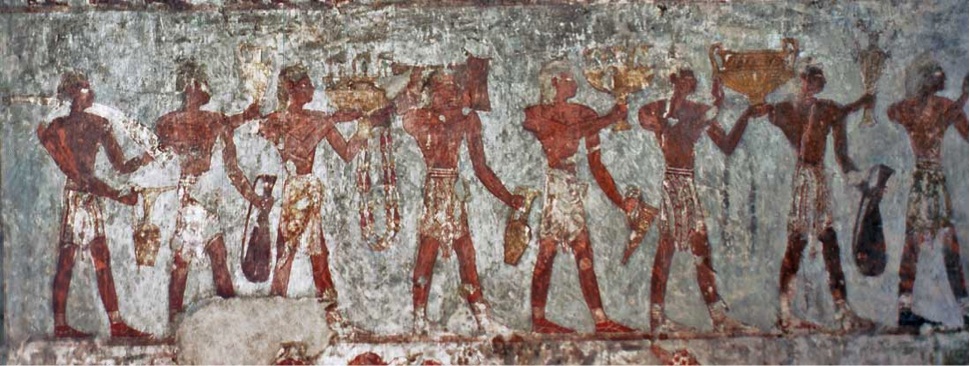
Traders or tribute bearer from the men of keftiu..Crete.
HI Byrd, well that's what threads are for, reviewing and correcting, about the Egyptian scene, that's a repo from the tomb of Rekhmire during the 18th dyn of Thutmose and Amenhotep , the original facsimile is at the Met.
Yes no doubt that the Carthaginians worshiped her as well, but it has been suggested that as early as the unification dynasty of Narmer, Libyans perhaps the Tehnnu were occupying the delta long before the creamy colored Temahu came on the scene, this is where Neith is from.

Traders or tribute bearer from the men of keftiu..Crete.
HI Byrd, well that's what threads are for, reviewing and correcting, about the Egyptian scene, that's a repo from the tomb of Rekhmire during the 18th dyn of Thutmose and Amenhotep , the original facsimile is at the Met.
Yes no doubt that the Carthaginians worshiped her as well, but it has been suggested that as early as the unification dynasty of Narmer, Libyans perhaps the Tehnnu were occupying the delta long before the creamy colored Temahu came on the scene, this is where Neith is from.
edit on 6-1-2017 by Spider879 because: (no reason given)
Oh I just remembered the
Beazely Collection , although not of the same era as the Minoans and in is fact Carthaginian, while it showed a blended populous, often times within the same family, it clearly showed subbed nosed north Africans, Tehnnu?? along side their Eurasian counter parts, probably descendants of the Temahu with incoming Levantines.
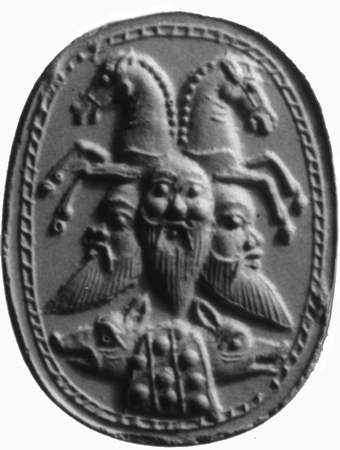
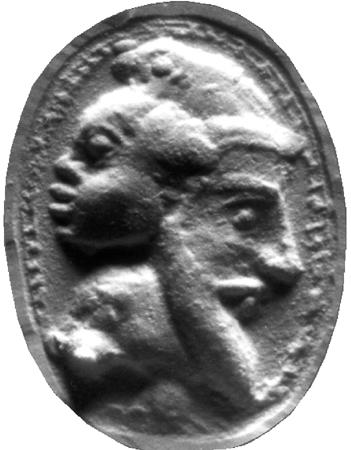
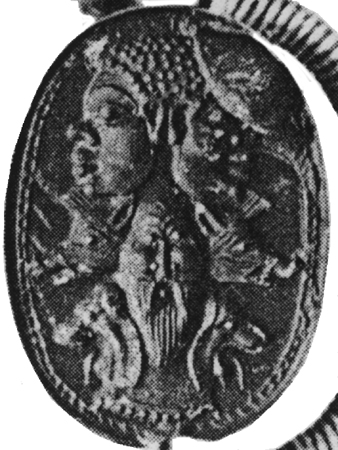
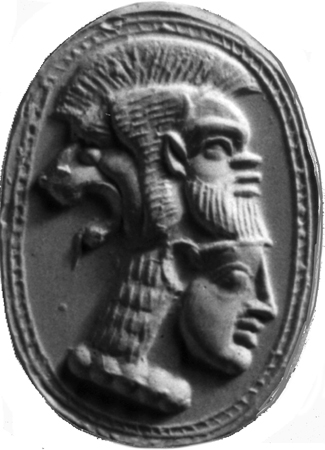
Also the Carthaginians as well as their Phoenician fore-bearers were the original Egyptomainiacs klik the link it's filled with Isis ,Bes and Horus images ..
Beazely Collection , although not of the same era as the Minoans and in is fact Carthaginian, while it showed a blended populous, often times within the same family, it clearly showed subbed nosed north Africans, Tehnnu?? along side their Eurasian counter parts, probably descendants of the Temahu with incoming Levantines.




Also the Carthaginians as well as their Phoenician fore-bearers were the original Egyptomainiacs klik the link it's filled with Isis ,Bes and Horus images ..
originally posted by: AugustusMasonicus
I like how Minoan civilization ties into the Atlantis myth via Santorini, check out Charlie Pellegrino's Unearthing Atlantis, a fantastic read.
I have never bought into the theory that IF Atlantis existed (I personally think it did, although I'm open to contrary evidence) that it was likely to have been the Minoan civilisation on Thera (now Santorini).
Among the reasons I don't believe this is the fact that Plato stated quite clearly:
"For the ocean there was at that time navigable; for in front of the mouth which you Greeks call, as you say, 'the pillars of Heracles,' there lay an island which was larger than Libya and Asia together
The "Pillars of Heracles" is commonly known today as the Strait of Gibraltar, leading directly out past Spain into the Atlantic. Santorini, on the other hand, lays well inside the Mediterranean.
originally posted by: Kryties
The "Pillars of Heracles" is commonly known today as the Strait of Gibraltar, leading directly out past Spain into the Atlantic. Santorini, on the other hand, lays well inside the Mediterranean.
I wonder if that was always the case? Is there any evidence to support the theory of the entrance to the Black Sea being the Pillars of Heracles? If this was the case then it might explain away a few thing, but create a few others. Just saying.
Here's a neat question to think about:
"Is there any myths that can be dated to the time of the Minoan Empire?"
a reply to: AugustusMasonicus
I concur, it's the only theory that made any kinda sense to me, as it doesn't violate any science with regards to age, and a tsunami to boot, in fact the legend may very well be a conflation of events one involving Santorini and the other some half forgotten tales of lands beyond the pillars of Herakles.
I concur, it's the only theory that made any kinda sense to me, as it doesn't violate any science with regards to age, and a tsunami to boot, in fact the legend may very well be a conflation of events one involving Santorini and the other some half forgotten tales of lands beyond the pillars of Herakles.
originally posted by: Kryties
originally posted by: AugustusMasonicus
I like how Minoan civilization ties into the Atlantis myth via Santorini, check out Charlie Pellegrino's Unearthing Atlantis, a fantastic read.
I have never bought into the theory that IF Atlantis existed (I personally think it did, although I'm open to contrary evidence) that it was likely to have been the Minoan civilisation on Thera (now Santorini).
Among the reasons I don't believe this is the fact that Plato stated quite clearly:
"For the ocean there was at that time navigable; for in front of the mouth which you Greeks call, as you say, 'the pillars of Heracles,' there lay an island which was larger than Libya and Asia together
The "Pillars of Heracles" is commonly known today as the Strait of Gibraltar, leading directly out past Spain into the Atlantic. Santorini, on the other hand, lays well inside the Mediterranean.
Yes, but Plato was writing a allegorical tale, not a history. Therefore the question is not where was Platos Atlantis, but what were the (many?) real world sources that he based his fictional culture on. Crete seems very likely to have been one of his influences.
originally posted by: AndyMayhew
Yes, but Plato was writing a allegorical tale, not a history.
My understanding is that this is just an accepted theory, not a proven fact.
originally posted by: Spider879
Yes no doubt that the Carthaginians worshiped her as well, but it has been suggested that as early as the unification dynasty of Narmer, Libyans perhaps the Tehnnu were occupying the delta long before the creamy colored Temahu came on the scene, this is where Neith is from.
I don't think the evidence (skeletal, images such as the Hierankopolis rock art, DNA) supports the Tehnnu/Temahu scenario. I would agree that at some time in the past a much darker skinned people lived there before 8000 BC. But I think gradual immigration from the Mediterranean (and more specifically from the Arabian peninsula, according to the DNA evidence) was common enough that by 4000 BC they were pretty much what we see today.
originally posted by: Spider879
Oh I just remembered the
Beazely Collection , although not of the same era as the Minoans and in is fact Carthaginian, while it showed a blended populous, often times within the same family, it clearly showed subbed nosed north Africans, Tehnnu?? along side their Eurasian counter parts, probably descendants of the Temahu with incoming Levantines.
Ooh! Sweet!
However, that's from a later era... and some of what you're calling Africans are actually satyrs (according to the museum tags.) They are depicted as pale-skinned and snub-nosed in Greek art.
originally posted by: Guyfriday
originally posted by: Kryties
The "Pillars of Heracles" is commonly known today as the Strait of Gibraltar, leading directly out past Spain into the Atlantic. Santorini, on the other hand, lays well inside the Mediterranean.
I wonder if that was always the case?
According to textual and mapped evidence, yes - at least, according to Strabo (60 BC.)
Is there any evidence to support the theory of the entrance to the Black Sea being the Pillars of Heracles?
Not that I know of. It needs two large rocks guarding the entrance to a sea and the Black Sea is an inland sea.
"Is there any myths that can be dated to the time of the Minoan Empire?"
Yes, certainly Egyptian stories (can't say about others.) While the Tempest Stele is sometimes used as evidence, no other stories I know from that time period suggest anything about Atlantis.
...however, that said, it was an excellent question that you've asked. I'll have to remember that one.
new topics
-
Ramblings on DNA, blood, and Spirit.
Philosophy and Metaphysics: 10 minutes ago -
4 plans of US elites to defeat Russia
New World Order: 1 hours ago -
Thousands Of Young Ukrainian Men Trying To Flee The Country To Avoid Conscription And The War
Other Current Events: 5 hours ago -
12 jurors selected in Trump criminal trial
US Political Madness: 7 hours ago -
Iran launches Retalliation Strike 4.18.24
World War Three: 8 hours ago -
Israeli Missile Strikes in Iran, Explosions in Syria + Iraq
World War Three: 8 hours ago
top topics
-
George Knapp AMA on DI
Area 51 and other Facilities: 14 hours ago, 25 flags -
Israeli Missile Strikes in Iran, Explosions in Syria + Iraq
World War Three: 8 hours ago, 16 flags -
Louisiana Lawmakers Seek to Limit Public Access to Government Records
Political Issues: 16 hours ago, 7 flags -
Iran launches Retalliation Strike 4.18.24
World War Three: 8 hours ago, 6 flags -
Not Aliens but a Nazi Occult Inspired and then Science Rendered Design.
Aliens and UFOs: 14 hours ago, 5 flags -
Thousands Of Young Ukrainian Men Trying To Flee The Country To Avoid Conscription And The War
Other Current Events: 5 hours ago, 4 flags -
12 jurors selected in Trump criminal trial
US Political Madness: 7 hours ago, 4 flags -
The Tories may be wiped out after the Election - Serves them Right
Regional Politics: 17 hours ago, 3 flags -
4 plans of US elites to defeat Russia
New World Order: 1 hours ago, 2 flags -
Ramblings on DNA, blood, and Spirit.
Philosophy and Metaphysics: 10 minutes ago, 0 flags
active topics
-
So I saw about 30 UFOs in formation last night.
Aliens and UFOs • 27 • : Encia22 -
12 jurors selected in Trump criminal trial
US Political Madness • 23 • : gspatfound -
Ramblings on DNA, blood, and Spirit.
Philosophy and Metaphysics • 0 • : BrotherKinsMan -
Fossils in Greece Suggest Human Ancestors Evolved in Europe, Not Africa
Origins and Creationism • 62 • : whereislogic -
-@TH3WH17ERABB17- -Q- ---TIME TO SHOW THE WORLD--- -Part- --44--
Dissecting Disinformation • 538 • : cherokeetroy -
4 plans of US elites to defeat Russia
New World Order • 6 • : andy06shake -
Silent Moments --In Memory of Beloved Member TDDA
Short Stories • 44 • : Encia22 -
Mandela Effect - It Happened to Me!
The Gray Area • 110 • : BeTheGoddess2 -
Vogt and the twelve thousand year cycle
Fragile Earth • 27 • : Lanogaxeh -
British TV Presenter Refuses To Use Guest's Preferred Pronouns
Education and Media • 65 • : nugget1
